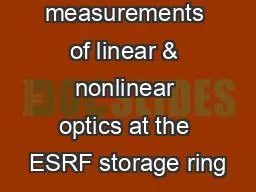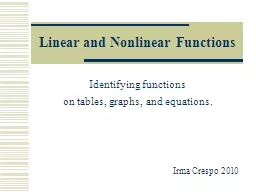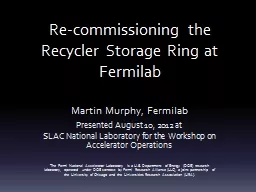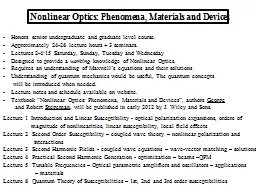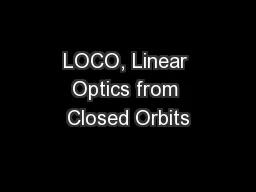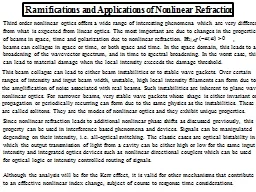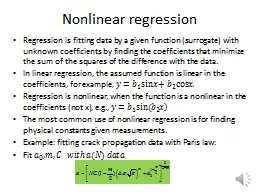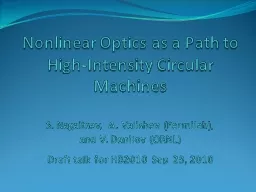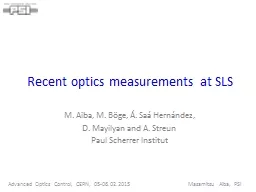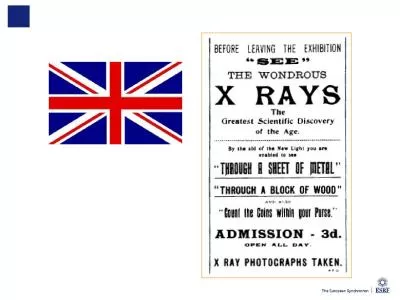PPT-Recent measurements of linear & nonlinear optics at the ESRF storage ring
Author : mrsimon | Published Date : 2020-07-02
Andrea Franchi ESRF Grenoble on behalf of the Beam Dynamics amp Diagnostics groups TWDULER 2018 DIAMOND 19 th 20 th April 2018 Andrea Franchi Optics Measurements
Presentation Embed Code
Download Presentation
Download Presentation The PPT/PDF document "Recent measurements of linear & nonl..." is the property of its rightful owner. Permission is granted to download and print the materials on this website for personal, non-commercial use only, and to display it on your personal computer provided you do not modify the materials and that you retain all copyright notices contained in the materials. By downloading content from our website, you accept the terms of this agreement.
Recent measurements of linear & nonlinear optics at the ESRF storage ring: Transcript
Download Rules Of Document
"Recent measurements of linear & nonlinear optics at the ESRF storage ring"The content belongs to its owner. You may download and print it for personal use, without modification, and keep all copyright notices. By downloading, you agree to these terms.
Related Documents

